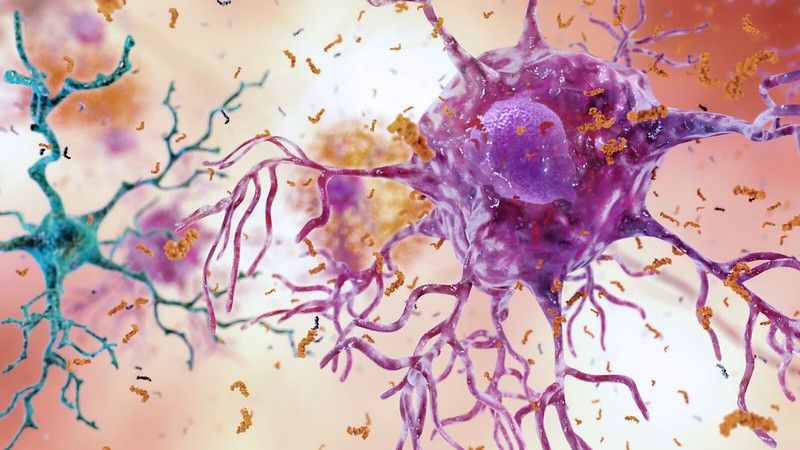What do microglia have to do with dementia risk? That’s the question you are helping to answer when you analyze the current dataset in Stall Catchers.
Lianne Trigiani, a senior researcher at the Schaffer-Nishimura Lab, wants to better understand the possible role of microglia in capillary stalling. Microglia are immune cells, just like neutrophils, but there’s an important difference. Neutrophils are immune cells which are transported throughout the body via the bloodstream. Microglia are also immune cells, but they reside only in the brain tissue, where they are constantly surveying their environment and responding to it. The SN Lab has previously studied the role of neutrophils in capillary stalling, so now studying microglia represents a new research angle.
So the specific question Dr. Trigiani is asking is “If you observe a high rate of capillary stalling and then deplete the microglia, will the stalls go away?”
This is where hypertension (high blood pressure) comes in. To study this, she is using a drug called Angiotensin II to induce high blood pressure in mice with the strongest genetic risk factor for late onset Alzheimer’s disease: APoE4.
Why? Well, if the mice are young, when you compare low-risk (APoE3) mice, to the high-risk (APoE4) mice, there is no difference in the rate of capillaries stalling. But… if you induce hypertension in the young APoE4 mice, even at a young age, the stall rate goes up. This does not happen in the healthy APoE3 mice.

When they dug a little deeper, they also realized that Angiotensin II not only causes hypertension and increased stalling, but it also activates the microglia themselves. So the question becomes: if the stalling goes up, and then we remove the microglia - does the stall rate go back down? If it goes down, that implies that the microglia were causing the stalls. But if the stall rate stays the same, that would suggest that microglia are not involved in stalling after all, and that there is something else about hypertension that leads to reduced brain blood flow.
Either way, learning the answer to this question will help us home in on how and why hypertension seems to be related to capillary stalling, and may increase dementia risk. We can then use this information to try to help prevent or reduce dementia with the right kinds of interventions, possibly targeting microglia.
And you can be sure that once we know the answer, we will circle back with you and share the results from this study that you are helping to analyze!
This is a companion discussion topic for the original entry at https://blog.hcinst.org/the-plx-dataset-what-is-the-role-of-microglia-in-dementia-risk